Companies are finding creative ways to address the growing push toward recycling and repurposing used fabrics.
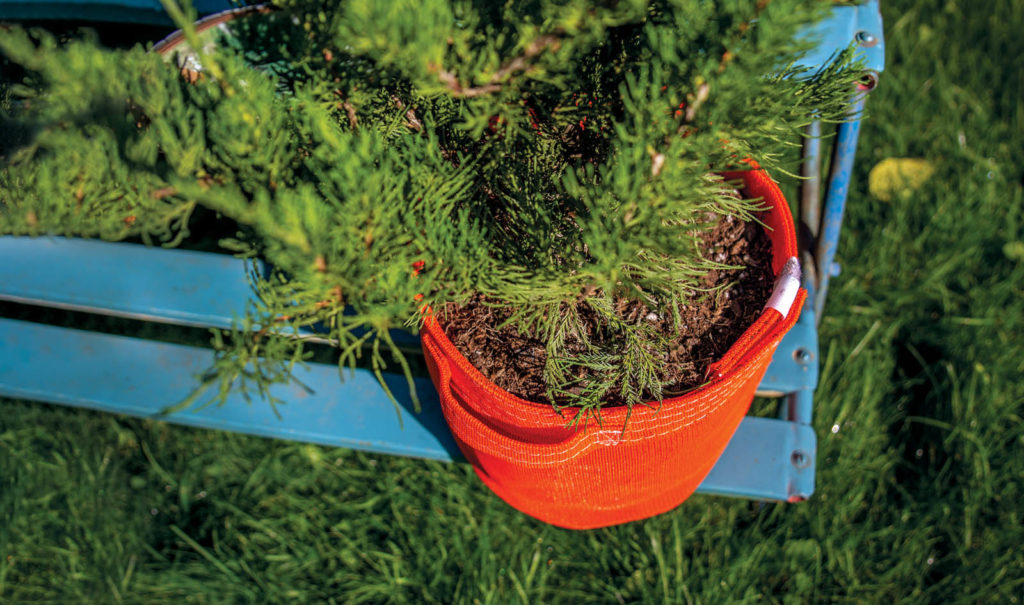
It’s tempting to think that recycling was “invented” sometime in the late 1960s, but that would ignore the fact that back in the 11th century, Japan was figuring out ways to reuse its wastepaper.
Recycling today looks much different than it did a thousand years ago, of course, due in part to new challenges from the vast amount—and diversity—of waste produced in our modern society. But for all the struggles that remain surrounding the production and disposal of throwaway consumer products, a positive development is that our focus on recycling has extended far beyond just what to do with soda cans or plastic straws.
Fabric, for example. By one account, Americans throw away more than 70 pounds of textiles per person per year, and the U.S. Environmental Protection Agency (EPA) estimates only 15 percent is donated or recycled.
So there is still a lot of work to do. But there are companies that are meeting the challenge head-on, in ways big and small, simple and complex, and making a difference. Here’s a snapshot of the work being done by a few of them.
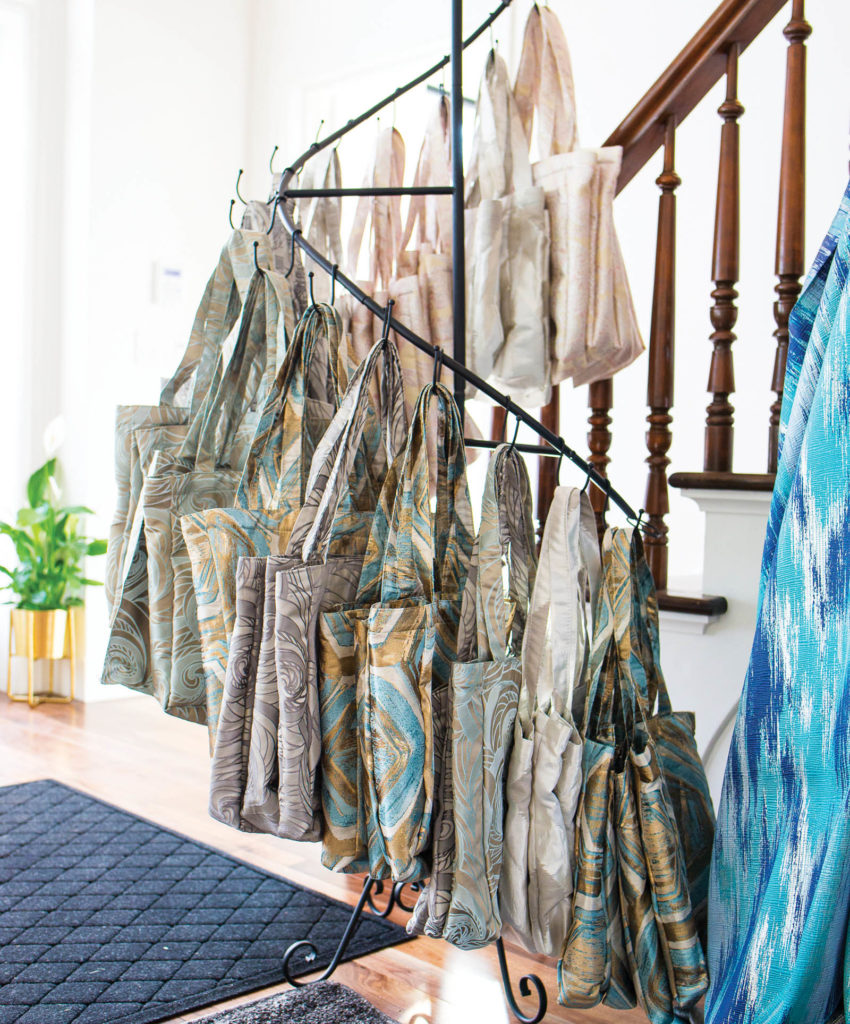
Creatively green
Creative Coverings is a national linen rental company based in Sparks, Nev., established in 1995, that also manufactures linens for sale to rental companies.
Nancy Stoltz, the company’s director of design, points out that at its core, her organization’s business is eco-friendly. “Renting linens is much greener than using disposable products,” she says.
According to Stoltz, thanks to owners and employees who are passionate about the subject, Creative Coverings pays attention to sustainability in all aspects of its business—from the way its linens are laundered to how clients ship back their used tablecloths and napkins. The company is built around the environmental principles of the Green Seal® program and Design for the Environment, a program of the EPA. The products Creative Coverings uses have also been awarded the EnviroKleen label for meeting environmental concern and protection standards.
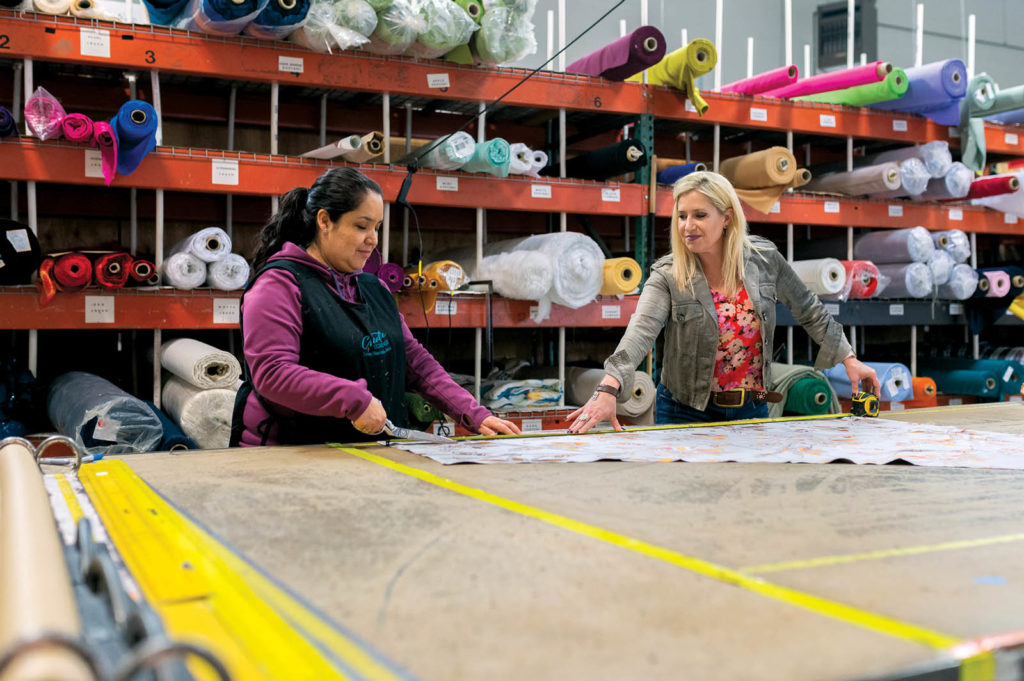
“The waste of fabric is always considered during the manufacturing process so that minimal amounts of excess remain,” says Stoltz. “Every single linen is used to its full advantage. If something is damaged, we come up with other ways to utilize it; we cut it down to a different size or cut it into swatches. We often create tote bags or napkin and runner sets that we donate or sell, and in recent years added couture throw pillows for use in event lounge spaces.”
When Creative Coverings ships its orders, says Stoltz, it pays extra to be part of UPS’s carbon neutral program, which supports projects that offset the emissions of the shipment’s transport. Then, when clients return their items, they use a canvas shipping bag provided by Creative Coverings, which saved more than 4,000 cardboard boxes last year.
The company’s environmental emphasis is, according to Stoltz, “a work in progress. We have a very creative team that is always coming up with ideas that can help us go more green.”
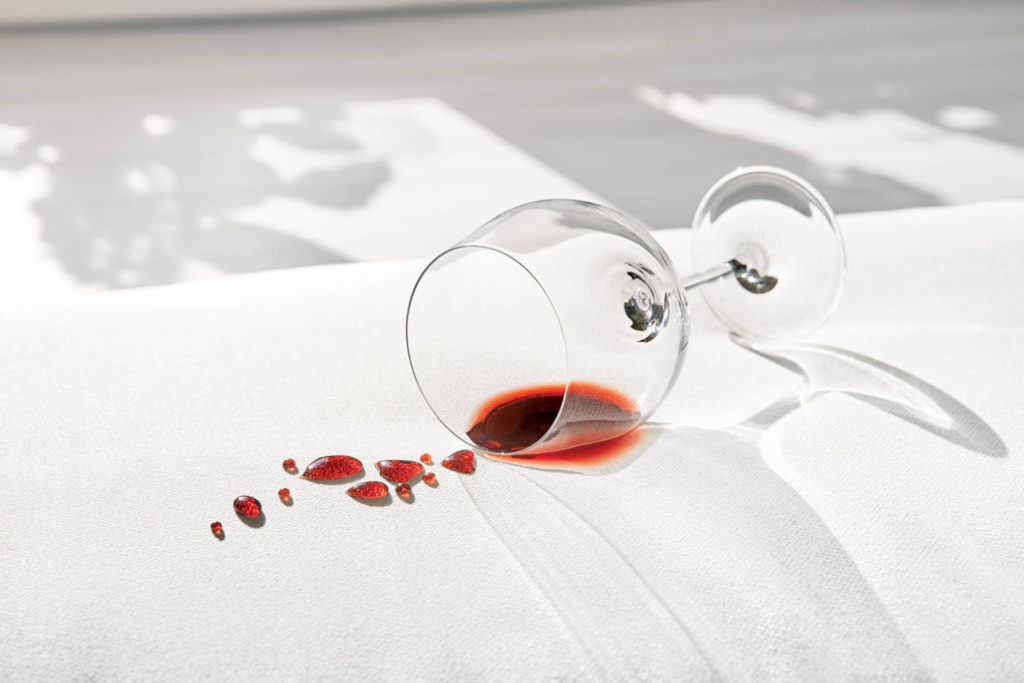
Designed for longevity
Crypton LLC was founded just over 25 years ago in the basement of a Michigan home by Craig and Randy Rubin, who were trying to come up with a fabric that would be resistant to stains, fluids and odor—an alternative to the environmentally unfriendly vinyl that was then ubiquitous. Their creation revolutionized performance fabric, and fabrics from the company, which is now based in Bloomfield Hills, Mich., are found the world over, in major hotels, food chains and other hospitality settings, as well as in homes.
From the beginning, according to Julia Gillespie, Crypton’s vice president for marketing, concern for the environment has been part of the company.
“When Crypton was founded, it marked the first time fabric could be installed in high-traffic spaces instead of vinyl or vinylized fabric,” says Gillespie. “Our products extend useful life—that is our core. We are committed to be good stewards. We’ve always prided ourselves on being sustainable.”
Advancement over the years at Crypton has included major changes in the chemistry used to produce the fabric. “The chemistry is now calibrated to the fabric,” says Gillespie, “with the goal of less chemistry—a lot less—for better performance.”
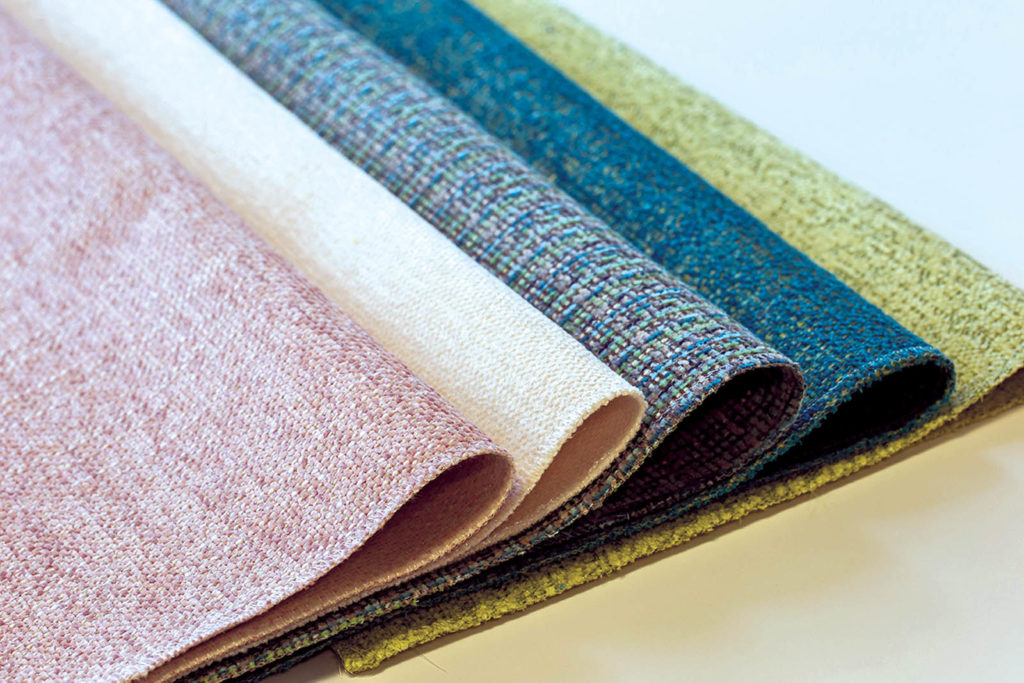
There was also the introduction of Crypton Green, a designation that means more sustainable fibers are used. To be certified Crypton Green, the fiber content must meet one of the following criteria: 50–100 percent recycled; 100 percent heavy-metal-free polyester; 100 percent wool with heavy-metal-free dyes; or 100 percent polypropylene.
Crypton’s technology is GREENGUARD Gold certified, and the company has a program for recycling manufacturing remnants.
But all that may sometimes obscure the fact, according to Gillespie, that Crypton’s high-quality products are designed for endurance, which is in and of itself a green quality. Reducing the frequency at which new products need to be replaced, she says, reduces the use of nonrenewable fossil fuels, eliminates waste that goes to landfills and reduces water consumption and emissions.
“In a lot of discussions about recycling, the longer game is ignored,” Gillespie says. “Crypton does extend the useful life of furniture. In high-use places like hospitals or in hospitality settings, think about what it means when you no longer have to replace things every couple of years.”
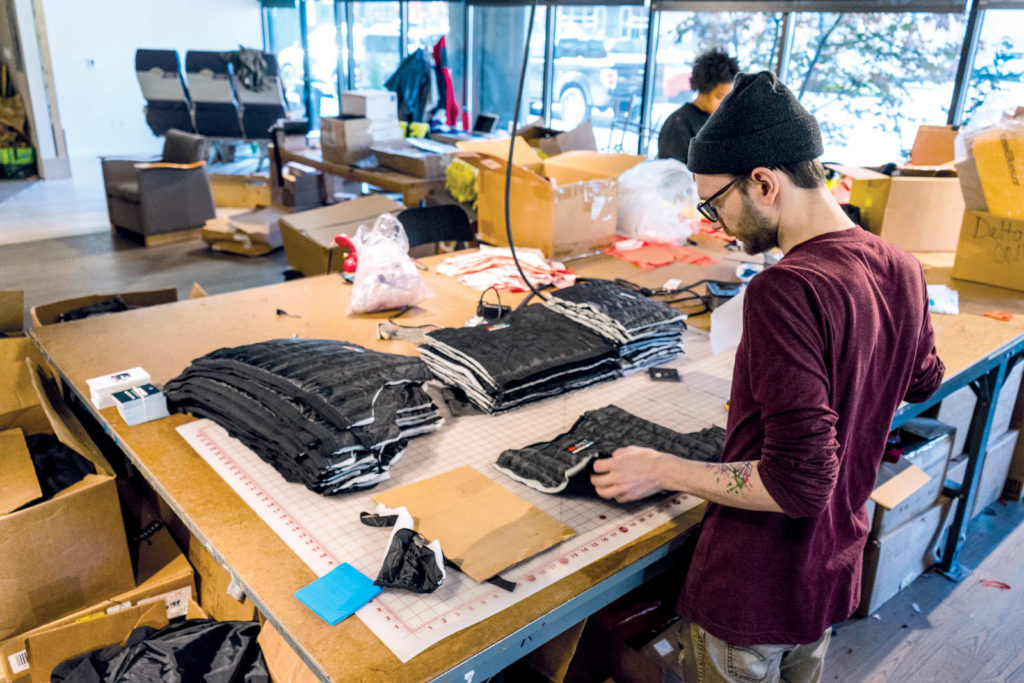
In-the-loop upcycling
“I came out of the athletic and outdoor industry and saw the waste that was produced in the process of manufacturing textiles for outdoor apparel. I thought, ‘There has to be a better way,’” says Scott Hamlin, who turned that thought into Looptworks, a Portland, Ore., company that takes excess materials and transforms them into new products. Hamlin is a founding partner of the company and serves as its CEO.
Hamlin says he saw an industry that had 15–30 percent of its materials left over after manufacturing: “They were selling it off to third world countries for pennies on the kilo, which was wiping out local industries in different parts of the world, putting it into landfills or incinerators, or sending it back into the factories where it would come back out as falsified goods.
“None of those were good solid options,” says Hamlin.
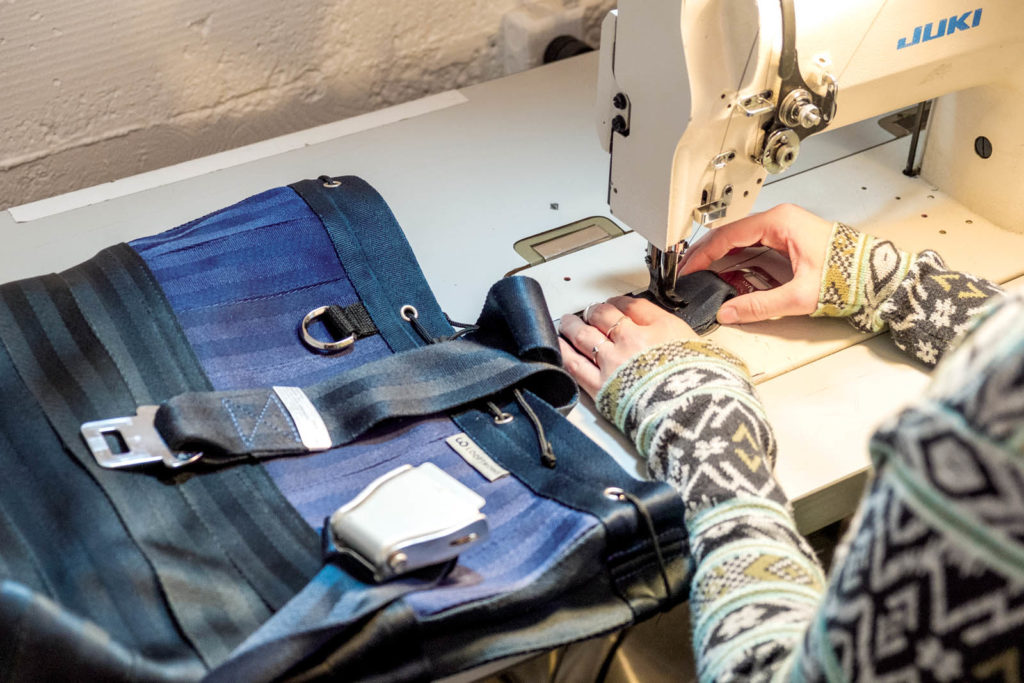
So Looptworks started by intercepting pre-consumer excess that was left over at the factory level and turning it into new products, says Hamlin, a process now known as “upcycling.” From there, the company has gone on to partner with large brands including the National Basketball Association (see sidebar on the left) and Delta Airlines, as well as athletic companies, to handle other facets of their waste stream, including post-consumer materials.
“We were ahead of the market when we started talking about upcycling,” explains Hamlin. “Most people thought we were talking about riding a bicycle up a hill! The concept was pretty nascent. The market has caught up a little bit, at least on an industry level, where people are more familiar with what that means.”
Today, Looptworks has an active market in the products produced through upcycling, including apparel, backpacks, handbags and totes, with reverse supply chains for deconstruction, sorting and manufacturing.
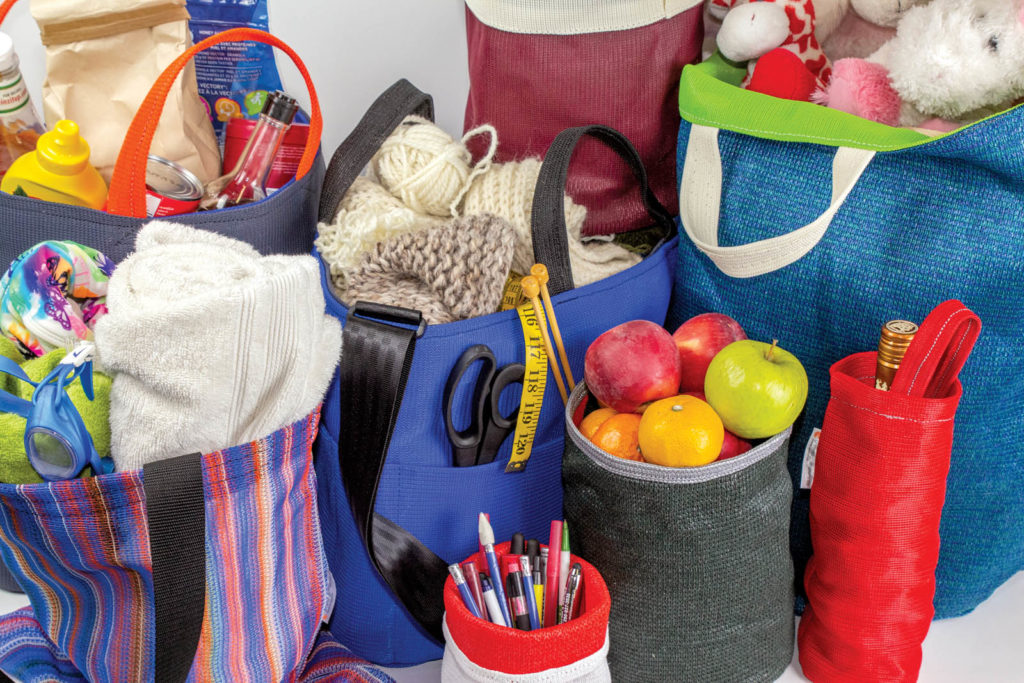
But what about the name of the company?
“It’s not called ‘Upcycledworks’ for a reason,” says Hamlin. “Technologies have not necessarily been aligned for a circular economy model, but we knew that eventually that’s where we needed to get to. Upcycling has been the first step in that. Then the reverse logistics has been part of it. The last move is toward circularity, in which we take some of the materials that we intercept and convert those back to fiber—creating new fabrics from them.
“We’re continuing the education process that we’ve been doing for several years on the circular economy and closed loop,” says Hamlin. “And I think people will start to catch up on that as well.”
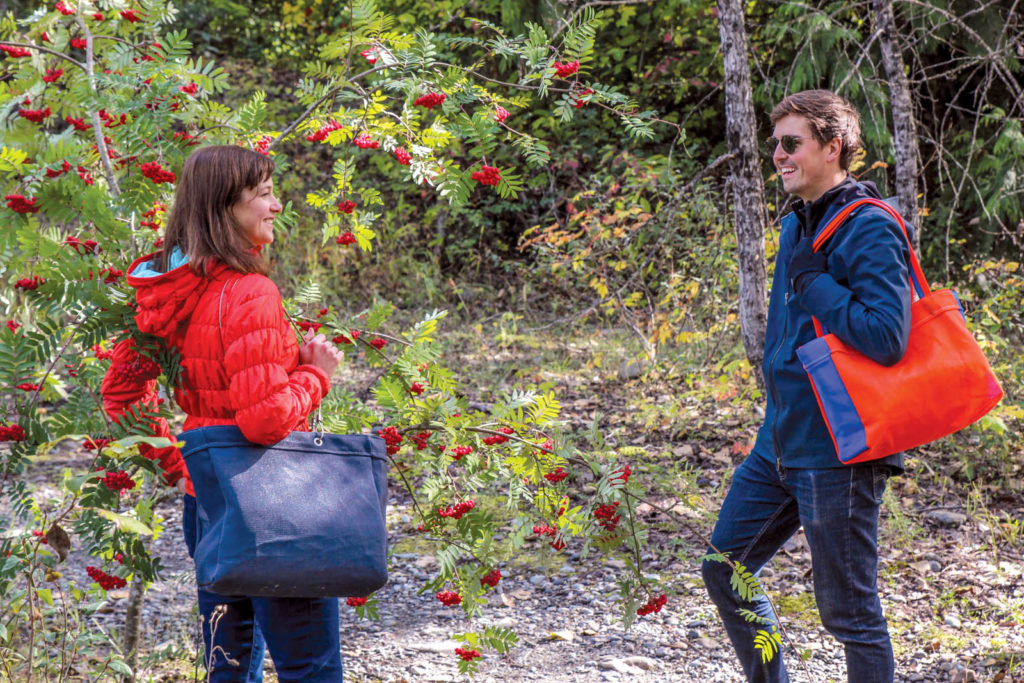
Sustainable sailing
Revelstoke is a small town in British Columbia, Canada, known for its mountains, snow skiing opportunities and outdoor lifestyle.
As such, it’s a community that is concerned about the environment—a community that includes the employees of Shade Sails Canada, a family-owned business that sells its products throughout Canada as well as in the U.S. and elsewhere in the world.
“It’s a forward-thinking community,” says Graham Harper, Shade Sails Canada operations manager, and one that was eager to help out when the company decided it needed to do something new with the amount of waste that was coming from the manufacture of its products.

Thus in late 2018 was born Green Bag Company (with Shade Sails Canada as its parent), which produces a line of bags, many of them intended for gardening, using those excess materials.
“As a company, we talked a lot with the people who live here about what we might be able to do with the materials,” says Harper, “and everybody agreed that gardening products would be a good place to start. There was certainly a lot of interest in what we wanted to do.”
The bags include various sizes of grow bags and transplanter kits, as well as seedling cones. The line also includes tote and shopping bags, wine bags and utility bags, as well as bags for hockey equipment and ski boots.
Gardening is particularly an ideal use for the shade fabric, according to Harper. The shade fabric is resistant to fading, breathable, washable and withstands a wide range of weather conditions. It is also extremely strong and comes in a wide range of vibrant colors.
Harper says the company hopes the current product line is just a start. Green Bag Company is already looking for new product possibilities, including sandbox covers and fashion bags.
“Our ultimate goal is zero waste,” says Harper. “There are always other things to look at.”
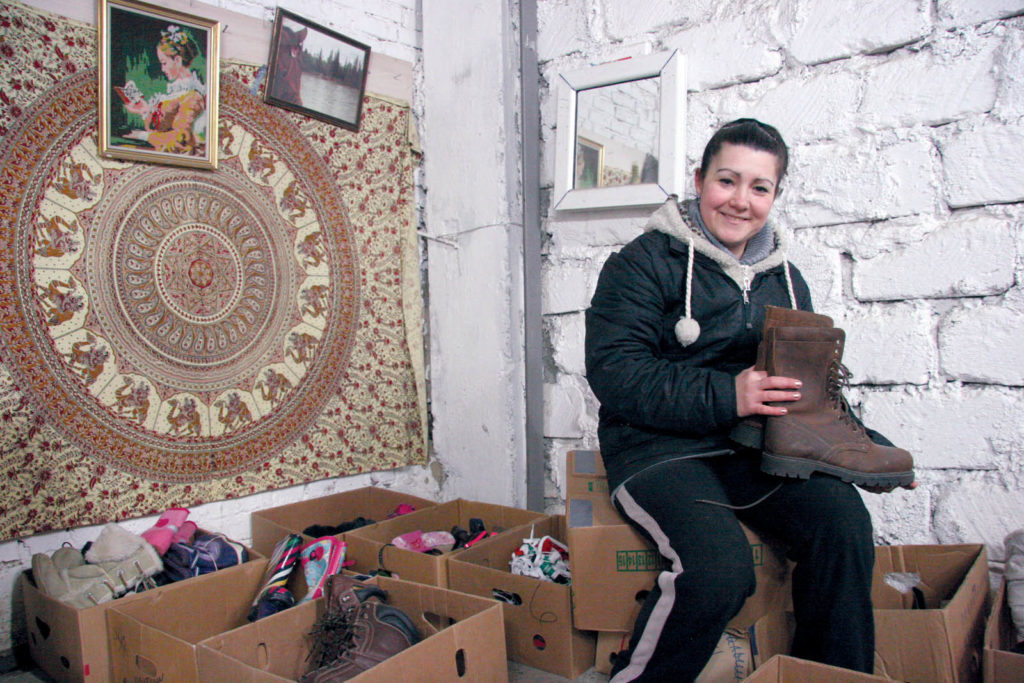
Recycling with soul
The benefits of recycling are obvious—some of them, anyway, but perhaps not all.
For example, it’s clearly a good thing that 35 million pairs of shoes and 12 million pieces of apparel have been recycled since 2006 by Soles4Souls, a nonprofit organization based in Nashville, Tenn.
Soles4Souls collects new and gently used shoes and apparel and then ships them to the 127 countries that have been recipients of their services. However, its larger goal is to provide the goods to individuals in those countries who want to start small businesses selling the products that come from Soles4Souls.
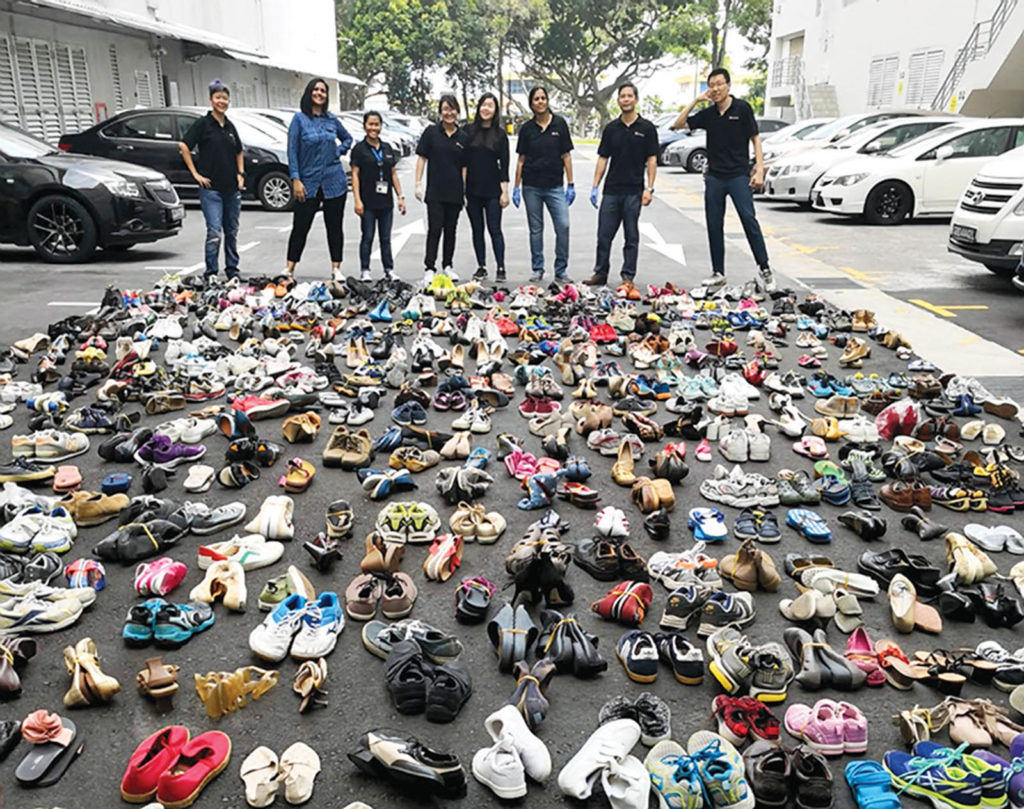
“We do immediate relief around the world through the distribution of shoes and clothing,” says Tiffany Turner, director of outreach. “But we also want to help alleviate poverty through empowerment and opportunity. By creating jobs and empowering entrepreneurs, we want to create a long-term solution to poverty.”
The income the small business owners earn gives them the ability to purchase necessities like food, shelter and education for their families, says Turner. “It’s amazing to see their success,” she adds, “especially when the business owner is female, because their opportunities are slim to none in many of these countries.”
Soles4Souls gets its products through shoe drops in retail locations; through drives sponsored by businesses, corporations, students, civic groups and churches; and through overstock, defective products and returns from companies such as adidas and Patagonia.
Jeff Moravec is a freelance writer from Minneapolis, Minn.
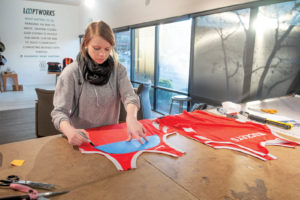
Photos: Looptworks.
Looptworks, a Portland, Ore., company that takes excess materials and transforms them into new products, turned a few heads when it announced it was working with Delta Airlines to turn 350,000 pounds of retired employee uniforms into a special collection of new products.
But another Looptworks project also shows just how creative the concept of “upcycling” can be—it is also repurposing thousands of jerseys from the National Basketball Association.
“Anytime an NBA player gets traded or retired, there are jerseys left over that have their name and number on them,” says Scott Hamlin, Looptworks founding partner and CEO. “They can no longer commercialize them or use them on the court.”
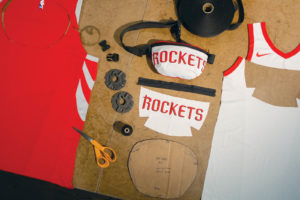 The NBA started a pilot program with Looptworks when the company’s local team, the Portland Trailblazers, traded four of its players. “At the beginning of the process it was about 250 jerseys, but once they’d gone through their equipment manager and retail operations and warehousing, it increased to more than 4,000 jerseys, just from those four players.”
The NBA started a pilot program with Looptworks when the company’s local team, the Portland Trailblazers, traded four of its players. “At the beginning of the process it was about 250 jerseys, but once they’d gone through their equipment manager and retail operations and warehousing, it increased to more than 4,000 jerseys, just from those four players.”
Looptworks and a local partner deconstructed the jerseys and made backpacks, waistpacks and pillows, still bearing the name of the team, which went on sale at retail outlets and the Looptworks’ website.
When the backpacks were offered at the Trailblazers’ arena, the team’s vice president of social responsibility, Christa Stout, told the Portland Business Journal, “That is so Portland; I’m pretty sure no other team is doing a featured product like that.”
She was correct then, but not now. “The NBA came back to us and said this is great, we’d like you to do it with all the teams,” says Hamlin. Now, Looptworks sells items from each of the 30 NBA franchises, from the Atlanta Hawks to the Washington Wizards.
 TEXTILES.ORG
TEXTILES.ORG


